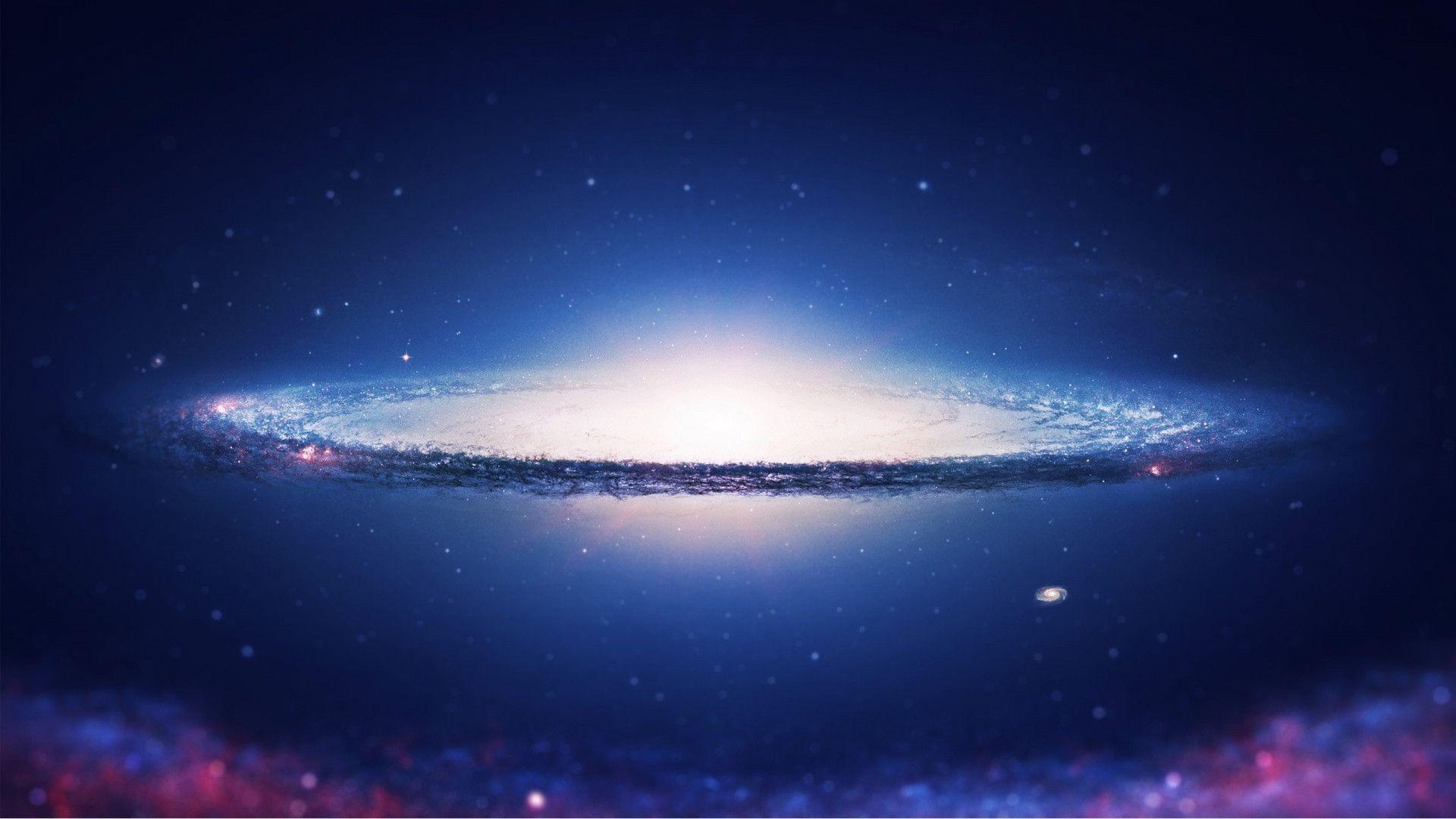A world is an enormous gathering of stars, gas, and residue bound together by gravity. Our nearby planet group lives in the Milky Way cosmic system, a winding world that is important for a gathering of universes called the Local Group.
There are billions of systems in the Universe, however just three external our Milky Way Galaxy should be visible without a telescope - the Large and Small Magellanic Clouds and the Andromeda world.
The Large and Small Magellanic Clouds are around 160,000 light years away and are satellites of the Milky Way. They should be visible from the southern side of the equator.
The Andromeda Galaxy is a bigger world that is around 2.5 million light years away and should be visible from the northern side of the equator with great vision and an exceptionally dim sky. Different worlds are much further away from us and must be seen through telescopes.
Most twisting worlds contain a focal lump encompassed by a level, pivoting plate of stars. The lump in the middle is comprised of more seasoned, dimmer stars, and is thought to contain a supermassive dark opening. Roughly 66% of twisting universes likewise contain a bar structure through their middle, as does the Milky Way.
The plate of stars circling the lump isolates into arms that circle the system. These twisting arms contain an abundance of gas and dust and more youthful stars that sparkle splendidly before their fast end.
How the twisting arms structure keeps on baffling researchers. One hypothesis proposes the world arms could be the aftereffect of thickness waves going through the external plate. Experiences between worlds could cause such waves as the mass of the more modest system could influence the design of the bigger universe as the two consolidate.
Twisting systems are thought to advance into circular universes as the twistings get more established. However, it's indistinct how normal curved systems are as they're comprised of more seasoned, dimmer stars, and are more difficult to detect.
Universes that are not twisting, lenticular, or circular are called unpredictable systems. Unpredictable systems—like the Large and Small Magellanic Clouds that flank our Milky Way—seem deformed and do not have an unmistakable structure, regularly in light of the fact that they are inside the gravitational impact of different worlds nearby. They are loaded with gas and residue, which makes them incredible nurseries for framing new stars.

